Water And Nitrogen Cycle
key notes :
Water Cycle (Hydrological Cycle)
- The water cycle is a natural process through which water moves continuously between Earth’s surface and atmosphere, maintaining the planet’s water balance.
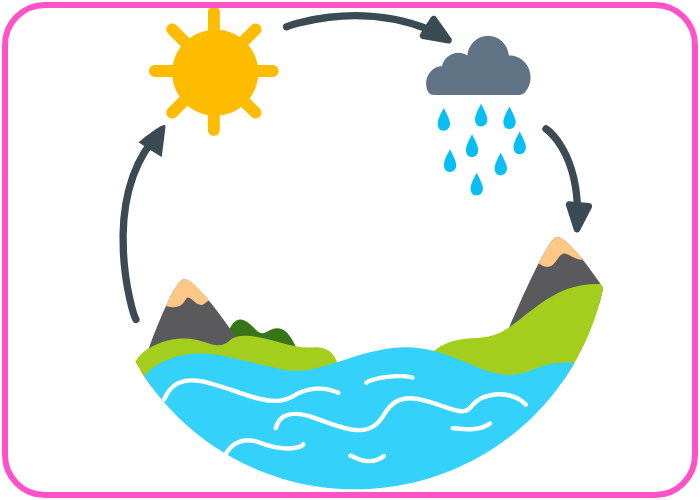
Key Processes in the Water Cycle:
- Evaporation: The heat from the sun causes water from oceans, rivers, and lakes to convert into water vapor and rise into the atmosphere.

- Condensation: As the water vapor rises, it cools and changes into tiny water droplets, forming clouds.

- Precipitation: When the water droplets in clouds combine and grow heavy, they fall to the ground as rain, snow, or hail.

- Infiltration: Some of the water from precipitation seeps into the ground, replenishing underground water sources or aquifers.
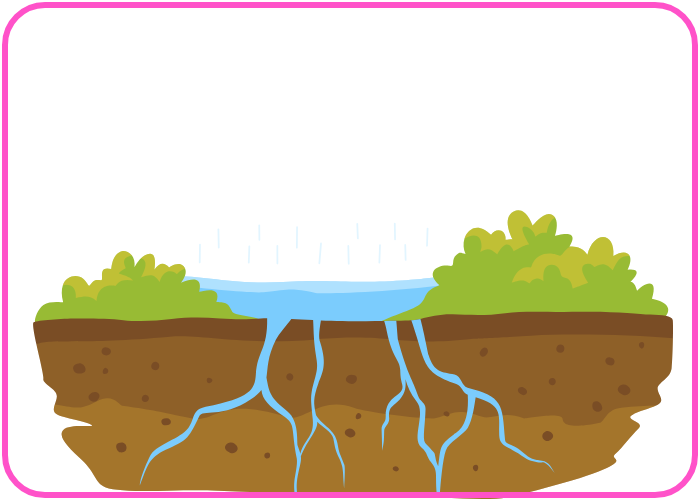
- Runoff: Water that does not seep into the ground flows over the surface into rivers, lakes, and eventually back to the oceans.

- Transpiration: Plants absorb water through their roots and release it as vapor into the atmosphere through their leaves.

- Significance of the Water Cycle:
- It ensures a consistent supply of fresh water for living organisms.
- It regulates the Earth’s temperature and climate by influencing weather patterns.
- It plays a vital role in supporting ecosystems and agricultural practices.
Nitrogen Cycle
- The nitrogen cycle is a critical process that converts atmospheric nitrogen into forms usable by living organisms and returns nitrogen to the atmosphere to maintain balance.

Key Processes in the Nitrogen Cycle:
- Nitrogen Fixation: Atmospheric nitrogen gas (N₂), which cannot be used directly by plants, is converted into ammonia (NH₃) or other compounds by nitrogen-fixing bacteria in the soil or during lightning storms.
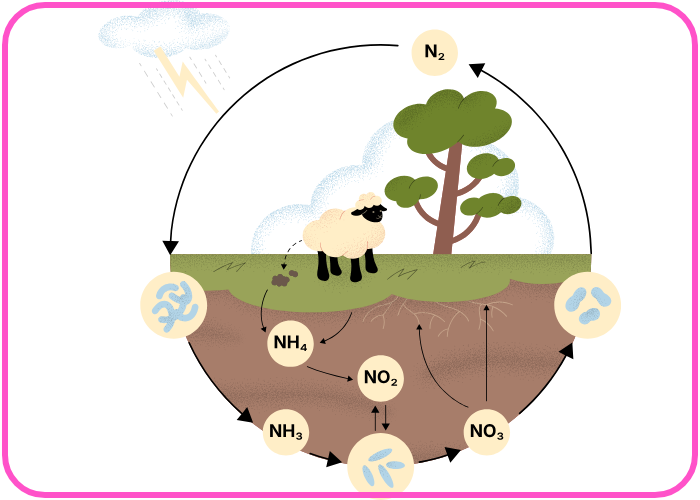
- Nitrification: Ammonia is further converted into nitrites (NO₂⁻) and then into nitrates (NO₃⁻) by nitrifying bacteria. Nitrates are absorbed by plants to create proteins and other compounds.
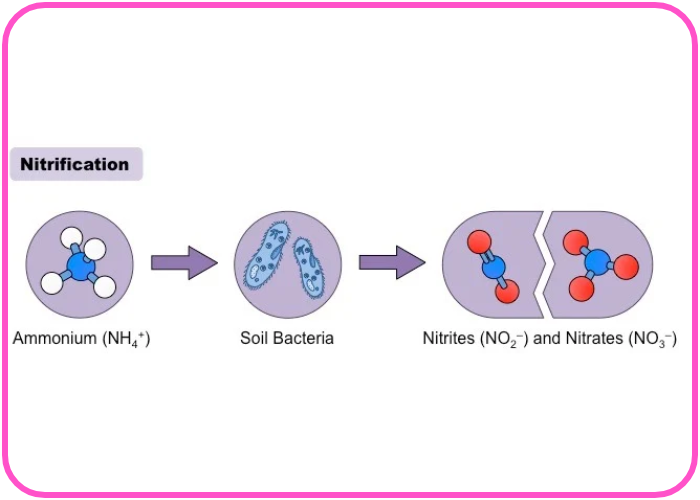
- Assimilation: Plants use the nitrates absorbed from the soil to synthesize proteins and nucleic acids. When animals consume plants, the nitrogen becomes part of their bodies.\
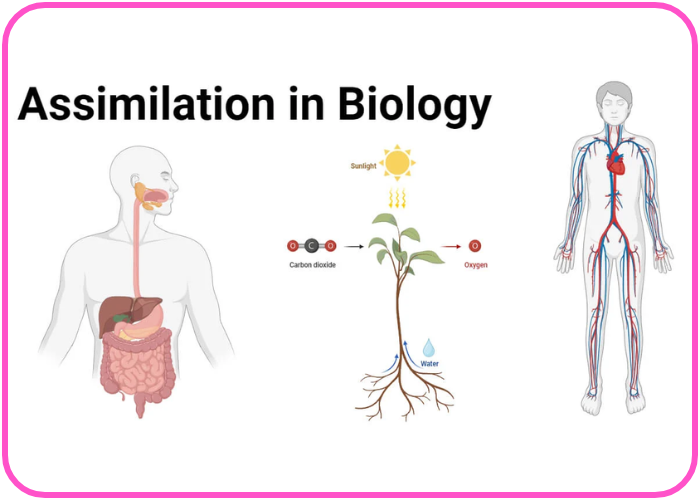
- Ammonification: Decomposers break down organic matter like dead plants and animals, releasing ammonia back into the soil.
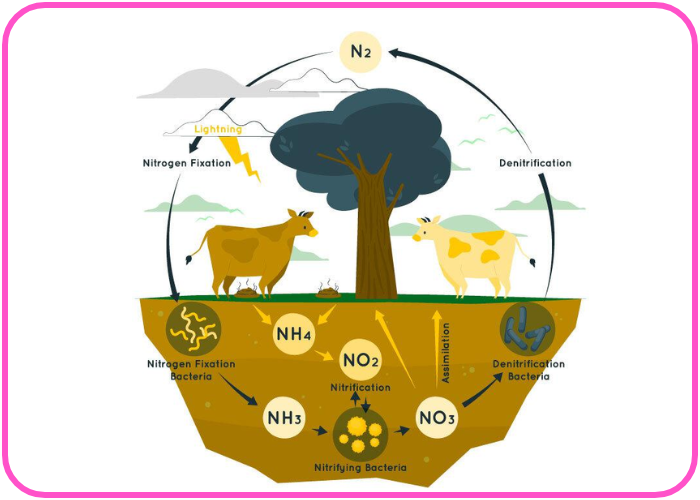
- Denitrification: Denitrifying bacteria convert nitrates in the soil back into nitrogen gas (N₂), which is released into the atmosphere, completing the cycle.
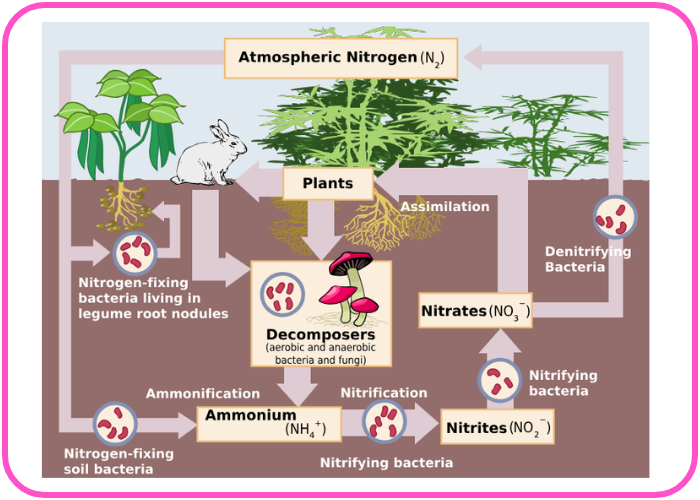
- Significance of the Nitrogen Cycle:
- It provides plants with essential nitrogen, a key component of proteins and DNA.
- It ensures the recycling of nitrogen within ecosystems, supporting life processes.
- It maintains the balance of nitrogen levels in the soil and atmosphere, preventing excess buildup or depletion.
Importance of Both Cycles
- These cycles are interconnected and crucial for maintaining the balance of essential elements on Earth.

- They support life by recycling water and nitrogen, ensuring the availability of these resources for plants, animals, and microorganisms.
Let’s practice!

